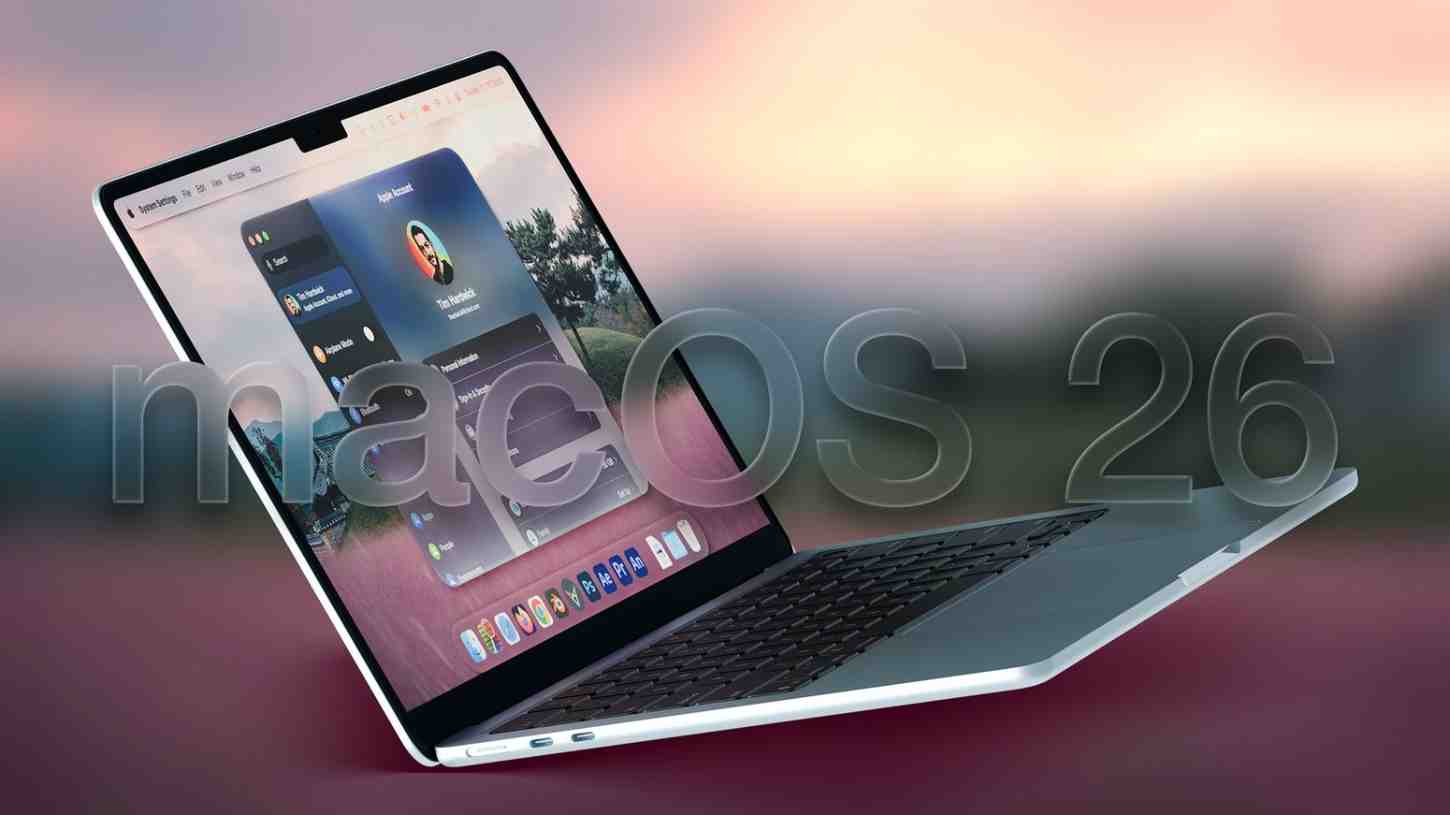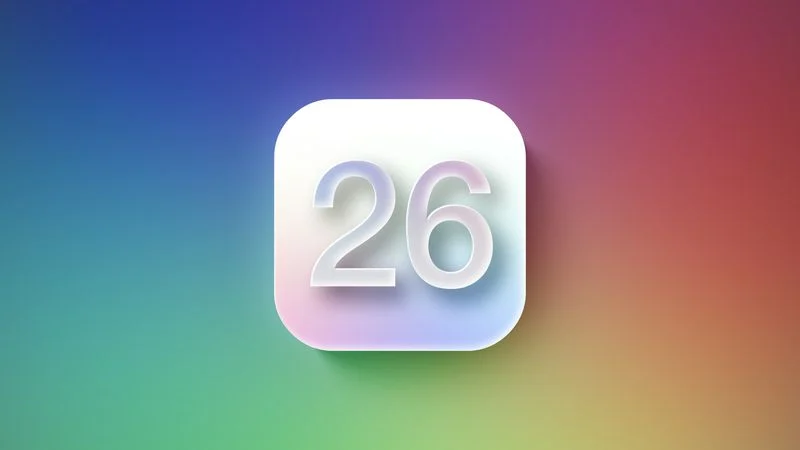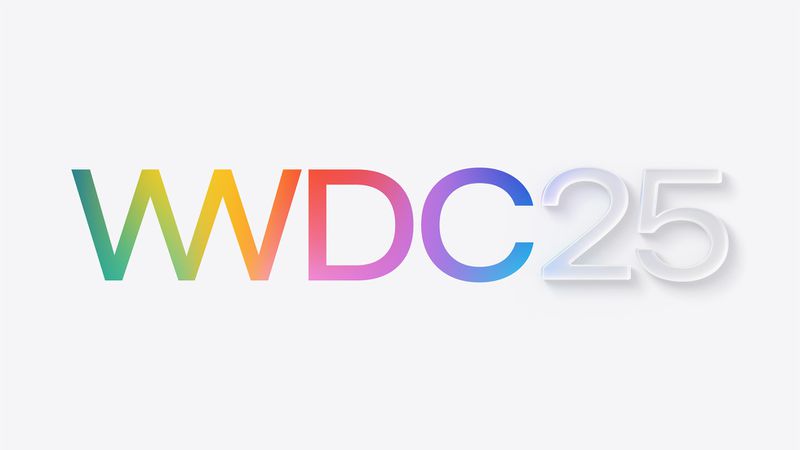Apple will soon introduce new updates called macOS 26 and iOS 26 on its computers and phones. While the new versions offer many improvements, there are several problems to be aware of.
We will first explore macOS 26. Folks are spreading rumors about if their Mac will be able to use the update. At this stage, only the latest Macs seem capable of using macOS 26. As a result, if you have a Mac from earlier, you will miss out on some main features. That happens in most big software updates, yet it can be frustrating for those not using the newest phones.
Now, we’re discussing iOS 26. Apple is rolling out changes to better optimize iPhone performance. Improvements in the update help your apps work better, run more smoothly and quicken your tasks. A lot of users will see their phone get a speed boost and modern look after updating to iOS 26.
Even so, there is a major issue with iOS 26. Some people are finding that some of their apps either crash or don’t function correctly soon after installing the update. The risk is greatest for older apps or those that have been neglected by their developers. Apple is doing what it can to fix these problems, but for the time being, some users could run into trouble.
All in all, macOS 26 and iOS 26 both come with impressive upgrades, yet there are some difficulties to keep in mind. If your device isn’t too old, you’ll probably appreciate the updates. You could have issues if your device is old or if some of your apps haven’t been updated recently. You should make sure your device packs the right features before updating.






